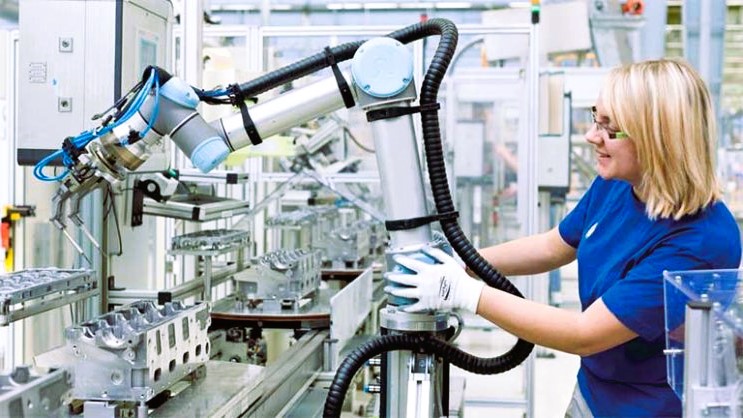
Robotics technology has rapidly evolved from being confined to industrial settings to becoming an integral part of everyday life. From automated household appliances to assistive devices for the elderly and disabled, robots are revolutionizing how we live and work. This article explores the diverse applications of robotics in everyday life, from automation to assistive devices, and the impact they have on society.
Automation in Household Tasks
One of the most visible manifestations of robotics in everyday life is the automation of household tasks. Robotic vacuum cleaners, such as the Roomba, have become ubiquitous in many homes, autonomously navigating floors and cleaning surfaces. These devices use sensors and algorithms to detect obstacles and map out the most efficient cleaning routes, saving users time and effort.

In addition to vacuuming, robotic technologies are being applied to other household chores, such as lawn mowing, window cleaning, and even cooking. Automated lawn mowers, for example, use GPS technology to navigate outdoor spaces and trim grass with precision, while robotic kitchen appliances can chop, mix, and cook ingredients according to pre-programmed recipes.
Assistive Robotics for Healthcare and Rehabilitation
Robotics also plays a crucial role in healthcare and rehabilitation, providing assistance to individuals with disabilities or mobility impairments. Assistive robots, such as exoskeletons and robotic prosthetics, help restore mobility and independence to people with spinal cord injuries, amputations, or neurological disorders.
Exoskeletons are wearable robotic devices that support and augment the user’s movements, enabling individuals with paralysis or muscle weakness to walk and perform daily activities. Robotic prosthetics, on the other hand, replace missing limbs and incorporate sensors and actuators to mimic the functionality of natural limbs, improving the quality of life for amputees.
Robots in Elderly Care and Aging Population
As the global population ages, robotics technology is increasingly being deployed to address the challenges of elderly care and aging populations. Service robots, such as robotic companions and caregivers, provide assistance with tasks like medication reminders, household chores, and companionship, reducing the burden on caregivers and improving the well-being of elderly individuals.
Telepresence robots enable remote communication and social interaction for seniors who may be isolated or unable to travel. These robots, equipped with cameras, microphones, and screens, allow family members, caregivers, or healthcare professionals to interact with elderly individuals from a distance, providing emotional support and monitoring their health and safety. Cybersecurity trends and threats, read more in this article.
Standardization and Regulation of Robotics
As robotics technology becomes more prevalent in everyday life, the need for standardization and regulation becomes increasingly important. Organizations such as the International Organization for Standardization (ISO) and the Institute of Electrical and Electronics Engineers (IEEE) develop standards and guidelines for the design, development, and deployment of robotic systems, ensuring safety, interoperability, and ethical considerations.

Standardization efforts cover a wide range of areas, including robot design and performance, human-robot interaction, safety requirements, and data privacy. By adhering to internationally recognized standards, manufacturers and developers can ensure that their robotic products meet quality and safety standards and can be integrated seamlessly into society.
Conclusion
Robotics technology is transforming everyday life, from automating household tasks to providing assistance and care to individuals with disabilities and elderly populations. As the field continues to evolve, standardization and regulation will be essential to ensure the safety, reliability, and ethical use of robotic systems. By harnessing the potential of robotics technology, we can create a more inclusive and accessible society where robots enhance human capabilities and improve quality of life.
For more information on robotics standards and guidelines, please visit the International Organization for Standardization (ISO) website: ISO Robotics Standards.

